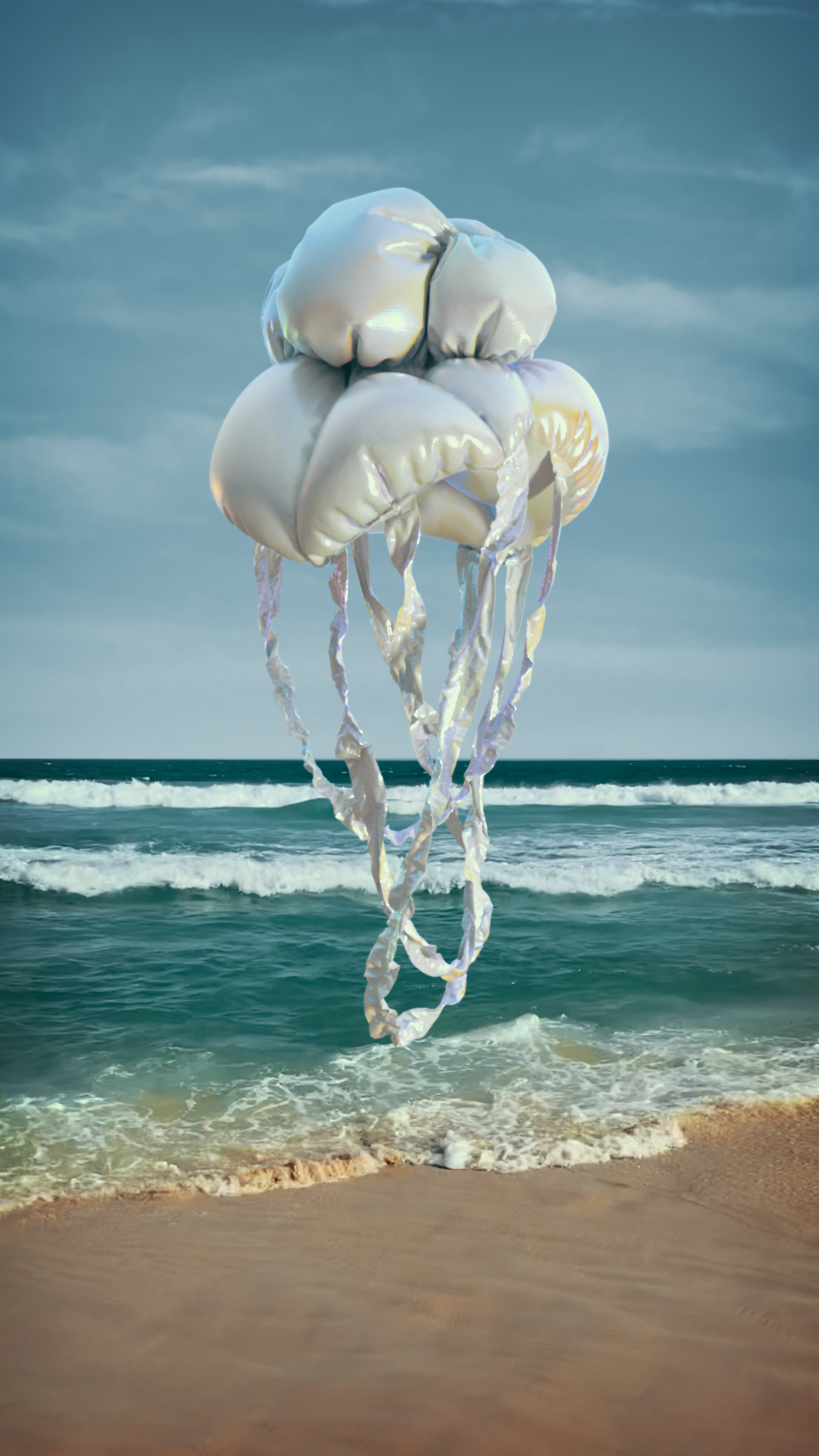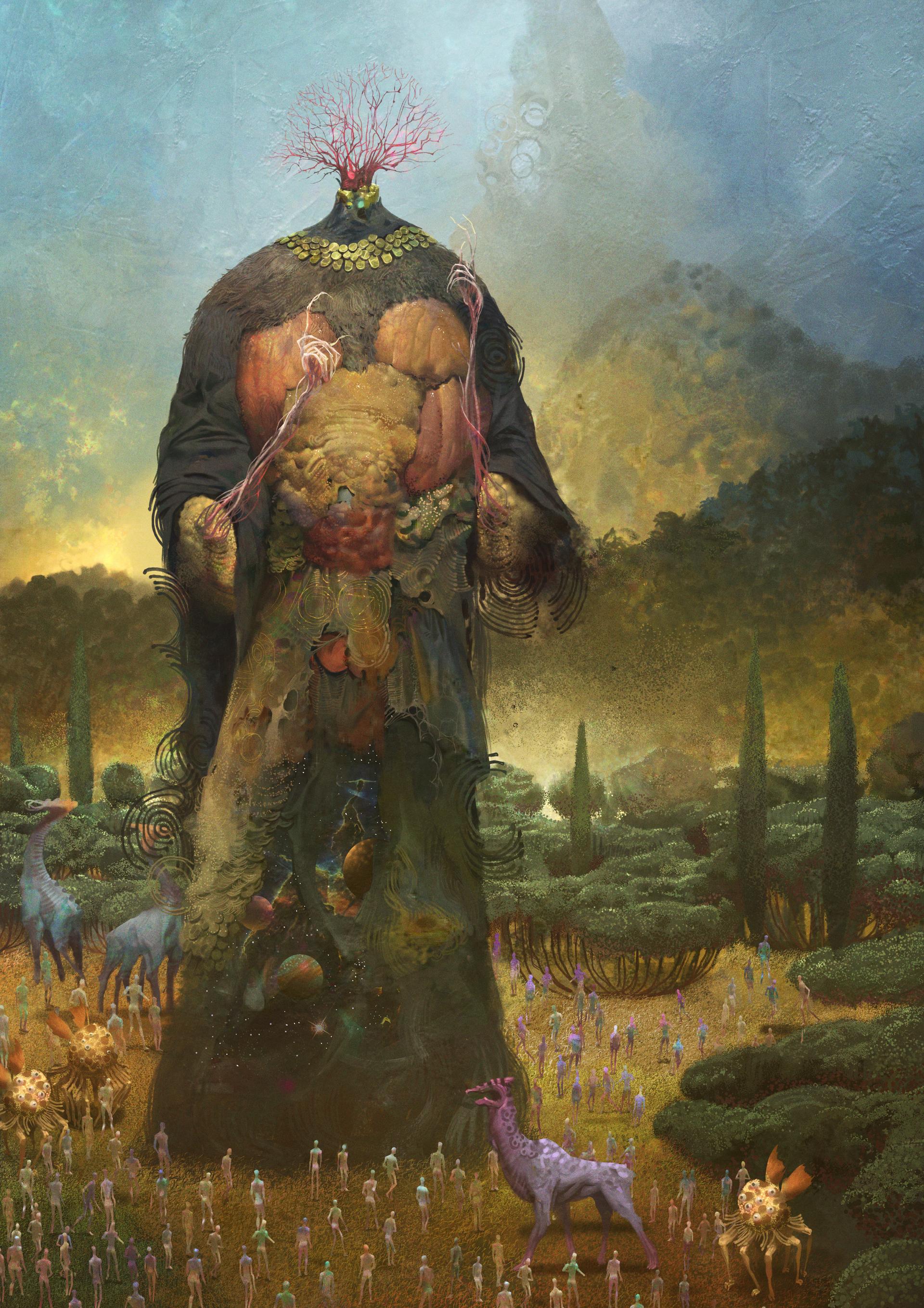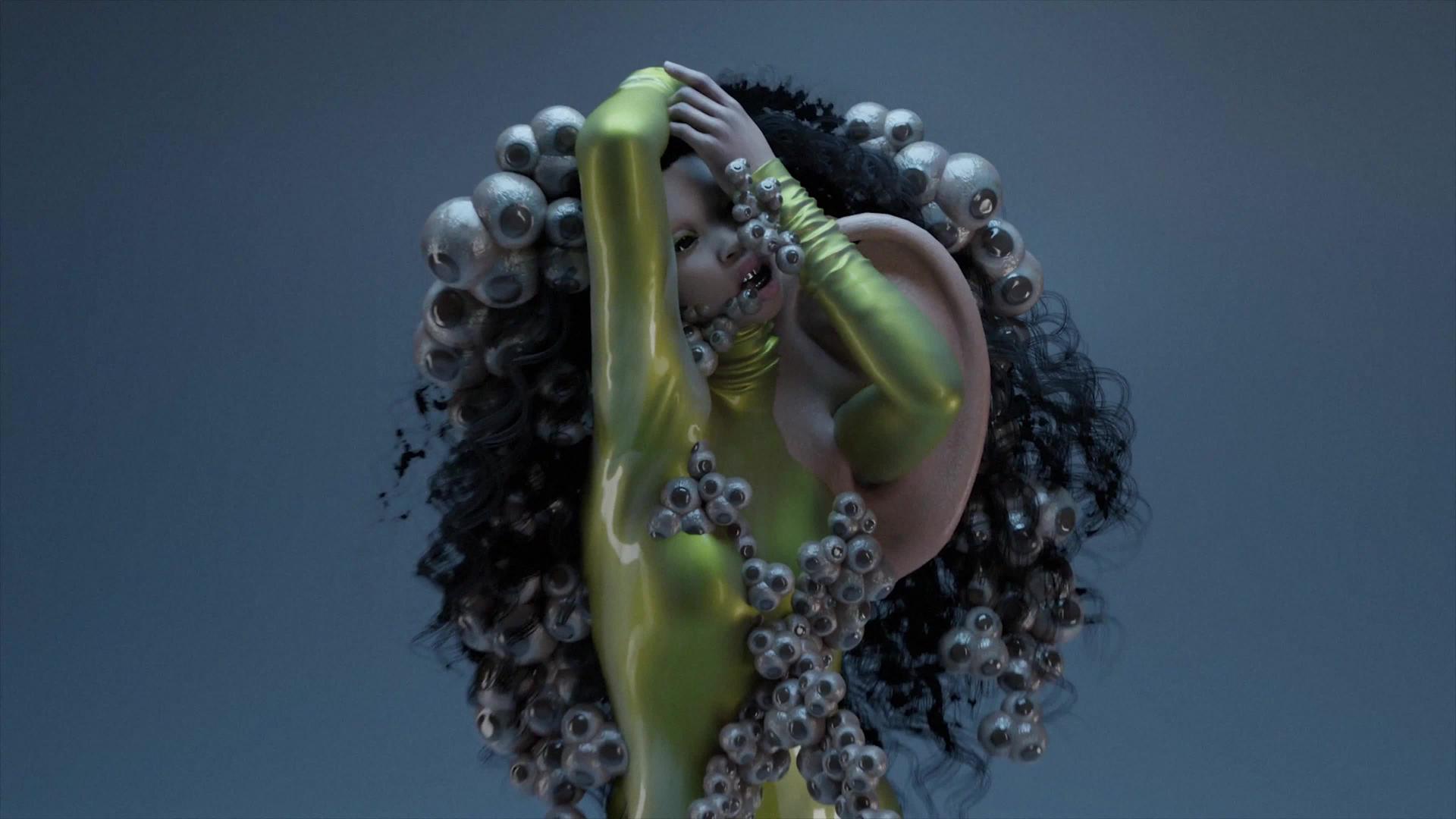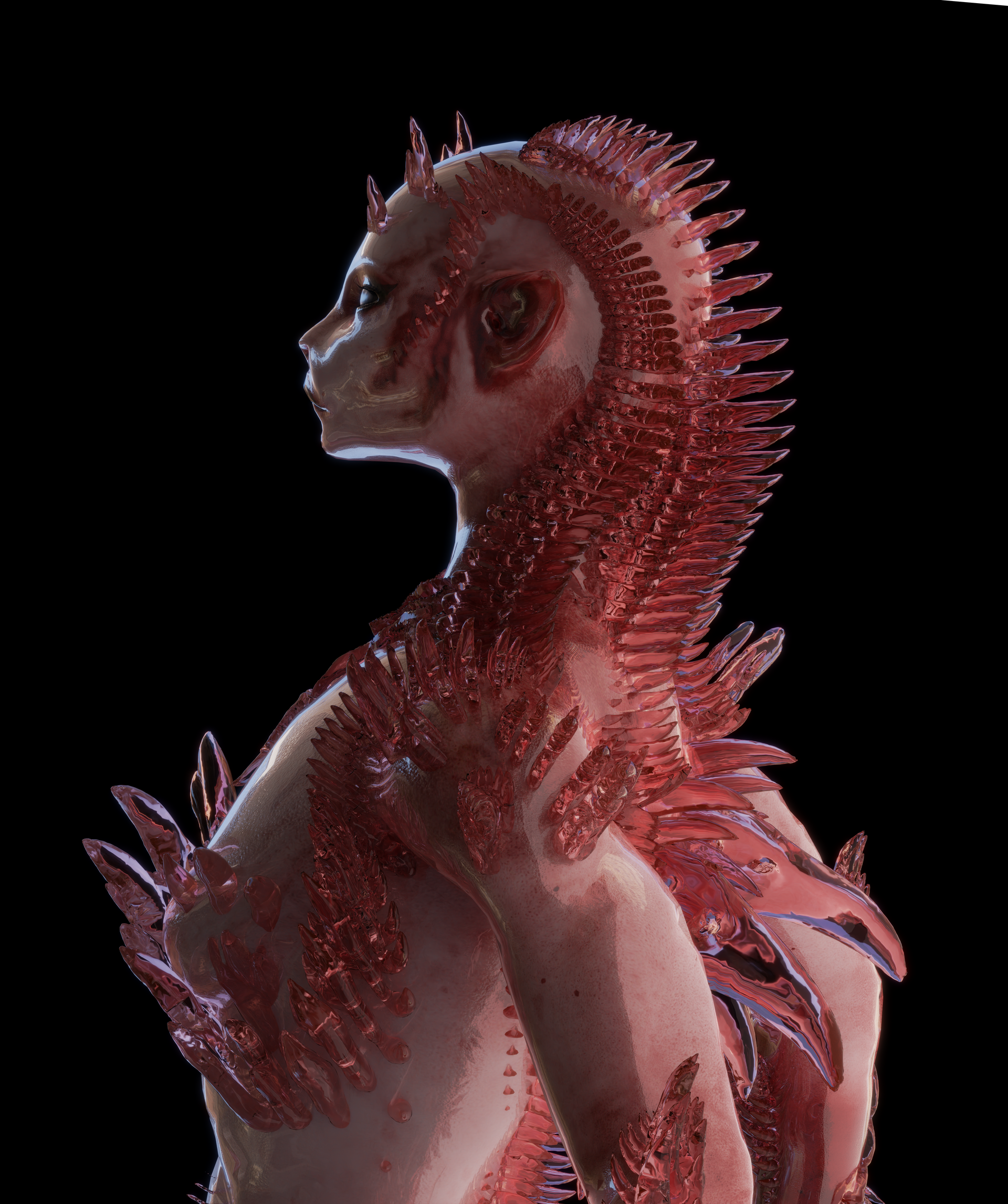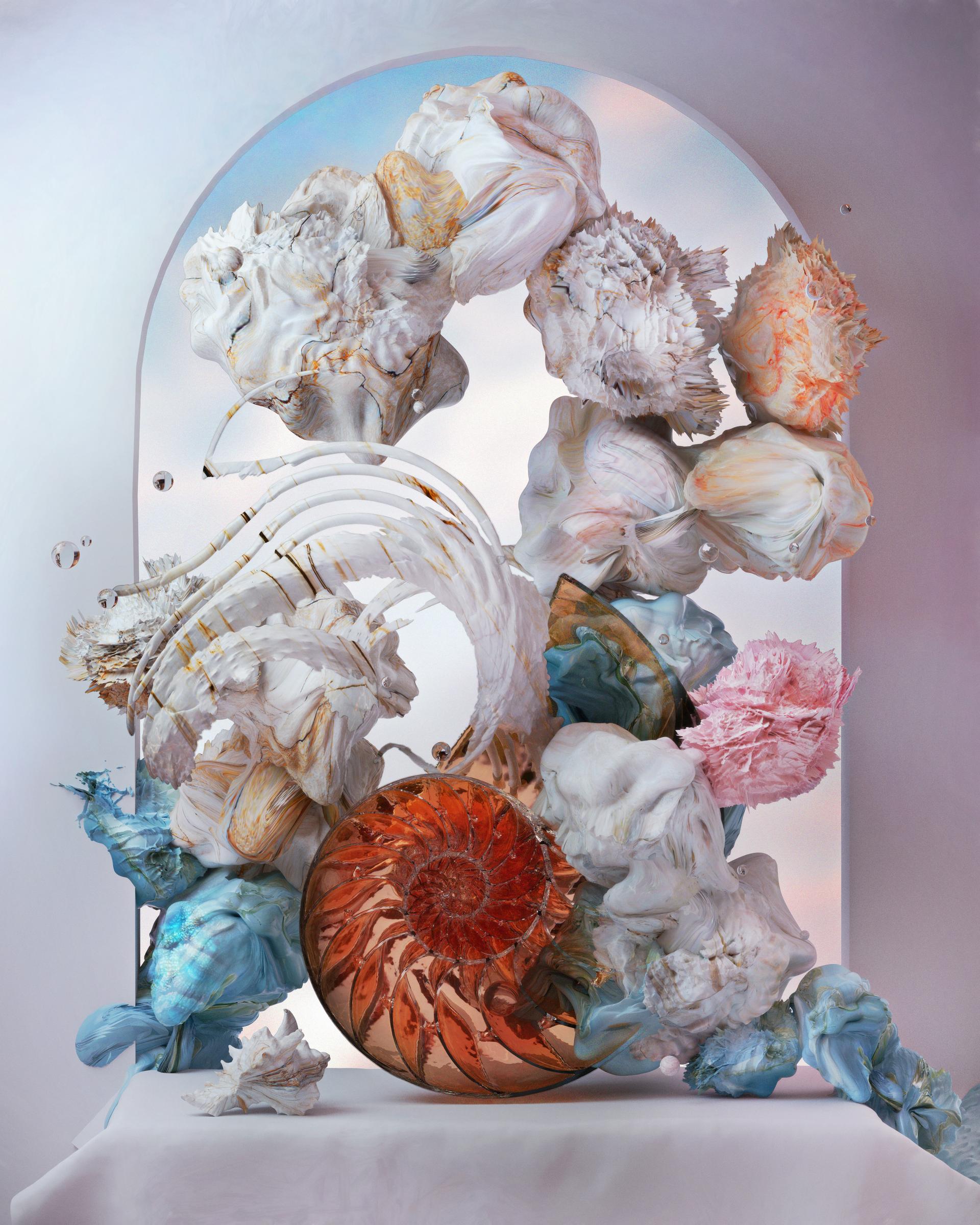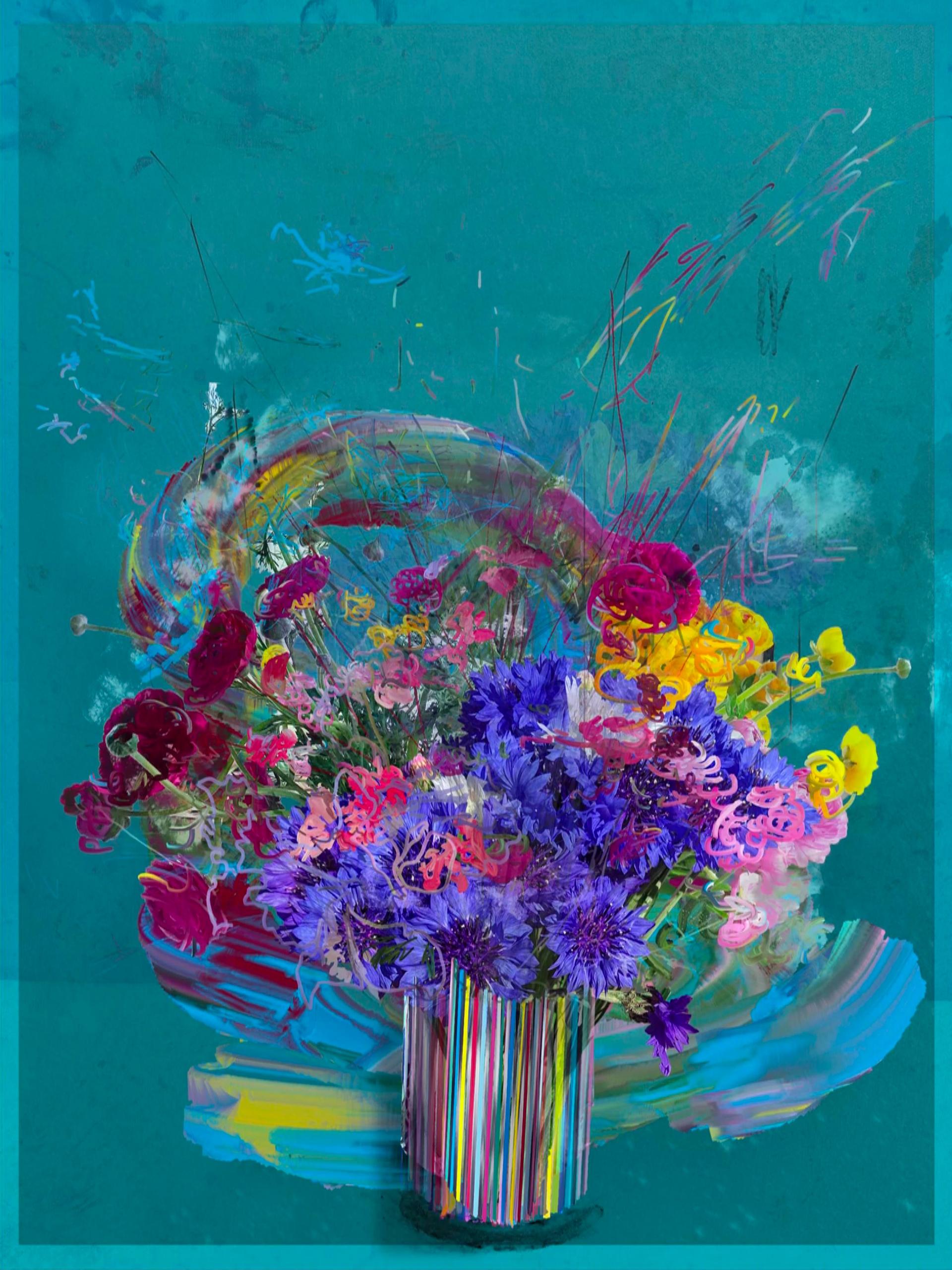Spewed up along volcanic shorelines, new compositions were first identified on Kamilo Beach by the geologist Patricia Corcoran and sculptor Kelly Jazcav. Coined plastiglomerates, these fusions were initially understood as combinations of sand and plastic sediments agglutinated by magma flows. Later, they were attributed to human hands, byproducts of campfires dotted down the garbage-strewn coastline.
Quickly, a symbolic potency amalgamated around the plastiglomerate. They were described as a potential marker of the debated Anthropocene and via Jazcav made their way into museums, including the Het Nieuwe Instituut, the Natura Artis Magistra, and the Yale Peabody Museum. As readymades they attested to a new hybridity between the planet and the human, a fusion of geological processes framed by artistic tradition. Aesthetically they fascinate, bejeweled with phosphorescent artificial colors, tinged with the pathos of being a new stratigraphic signature.
As ecological anxiety climbs, a new digital art sub-genre emerges to reflect shifting sentiments. Born from the oceanic tail-ends of vaporwave and post-internet fluidity, the “plastiglomerate class” parallels its geological forebear by washing up and awaiting discovery. As a loose classification, it is typified by the intersection of softwares, blurring together 3D scanned organic matter with wholly computational materials. A mirror to tectonic processes it undulates, ripples or pulses, implying a subtle living energy.
Often resulting in .obj files, the “plastiglomerate class” seeks a reincorporation with the natural world. Birthed via an iPhone screen, as augmented realities they merge back into basalt and are subsumed by algae, completing their bit-based life cycle.
Spewed up along volcanic shorelines, new compositions were first identified on Kamilo Beach by the geologist Patricia Corcoran and sculptor Kelly Jazcav. Coined plastiglomerates, these fusions were initially understood as combinations of sand and plastic sediments agglutinated by magma flows. Later, they were attributed to human hands, byproducts of campfires dotted down the garbage-strewn coastline.
Quickly, a symbolic potency amalgamated around the plastiglomerate. They were described as a potential marker of the debated Anthropocene and via Jazcav made their way into museums, including the Het Nieuwe Instituut, the Natura Artis Magistra, and the Yale Peabody Museum. As readymades they attested to a new hybridity between the planet and the human, a fusion of geological processes framed by artistic tradition. Aesthetically they fascinate, bejeweled with phosphorescent artificial colors, tinged with the pathos of being a new stratigraphic signature.
As ecological anxiety climbs, a new digital art sub-genre emerges to reflect shifting sentiments. Born from the oceanic tail-ends of vaporwave and post-internet fluidity, the “plastiglomerate class” parallels its geological forebear by washing up and awaiting discovery. As a loose classification, it is typified by the intersection of softwares, blurring together 3D scanned organic matter with wholly computational materials. A mirror to tectonic processes it undulates, ripples or pulses, implying a subtle living energy.
Often resulting in .obj files, the “plastiglomerate class” seeks a reincorporation with the natural world. Birthed via an iPhone screen, as augmented realities they merge back into basalt and are subsumed by algae, completing their bit-based life cycle.

